Results: 5 fascinating facts that you never knew about our oceans
Published on 06/10/2018
QUESTIONS
GO to COMMENTS
Comments
1.
1.
Source: MSN News. The reason the ocean is blue (explanation - is the sun): The 'deep blue sea' (and our 'blue planet' with it) owe their iconic color to the light of the sun. When the sun shines on the ocean, the water absorbs the longer red and orange wavelengths of light while reflecting blue light back. This will only happen, though, with a large amount of water; the more water you have, the bluer it is. This is why the water you drink out of a glass doesn't appear ocean-blue. This process of light absorption and reflection is also the reason the sky is blue, but the blue color of the ocean is not because it's reflecting the color of the sky, as many people believe. Are you familiar with these facts?
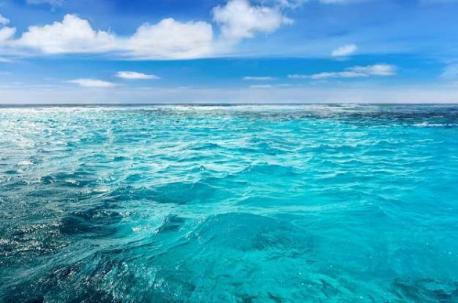
Yes
35%
646 votes
No
65%
1221 votes
2.
2.
A rubber duck accident helped researchers understand ocean currents: We're used to any kind of 'spills' in the ocean having disastrous effects, but this one proved to be something of a happy accident. In 1992, a crate of bath toys on its way from China to the United States broke, spilling thousands of rubber ducks and other floating toys into the Pacific. Oceanographers seized the opportunity to learn more about the movements of the ocean. Perfectly named oceanographer Curtis Ebbesmeyer headed up the research efforts, asking beachgoers all over the world to report sightings of the duckies and their floating friends. The ducks traveled far and wide, ending up everywhere from Europe to Alaska to Hawaii and continuing to be spotted well into the 2000s. The fleet of toys became affectionately known as 'the Friendly Floatees.' Have you ever heard of the rubber duck news story from 1992?
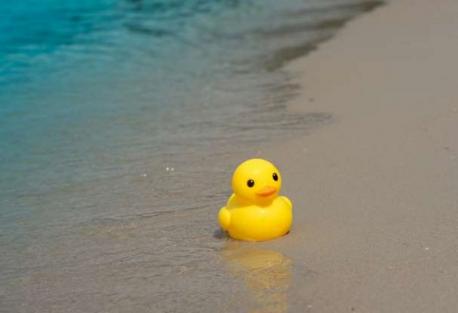
Yes
21%
386 votes
No
79%
1481 votes
3.
3.
The biggest waterfall in the world is underwater: It might seem counter-intuitive to think that there are bodies of water within the oceans, but it's true! Deep within the ocean, caverns and fissures on the ocean floor form when water oozes through the layers of salt beneath it. This water, filled with dissolved salt, is denser than the water around it and settles into the fissures. It's this type of dense water that forms the Denmark Strait, a massive cascade of water that plummets 11,500 feet (more than three times the height of Angel Falls in Venezuela). This is because the colder water of the strait sinks when it collides with the less dense water around it. Does the world's biggest waterfall fact(s) surprise you?
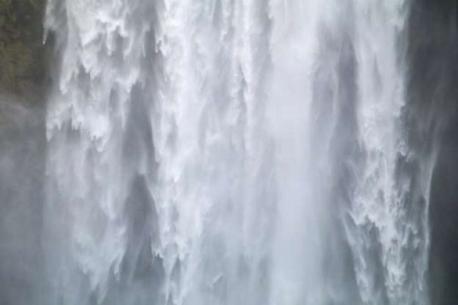
Yes
57%
1058 votes
No
43%
809 votes
4.
4.
It helps power the Internet: The next time you're watching a funny cat video or enjoying a Netflix binge, make sure you thank the ocean. The vast majority of the cables that power the Internet, allowing access to it across the entire globe, are underwater. Wires called 'submarine communications cables' criss cross the ocean floors, put in place by boats built solely for that purpose. To ensure that the cables (and your Internet) remain undisturbed, they have to be placed on relatively flat stretches of the ocean floor, away from ocean ecosystems or shipwrecks. Some of the cables even have a coating that protects them from being damaged, should a hungry shark come across them. Is this the first time you are reading about the ocean (or cables) that helps power the internet?
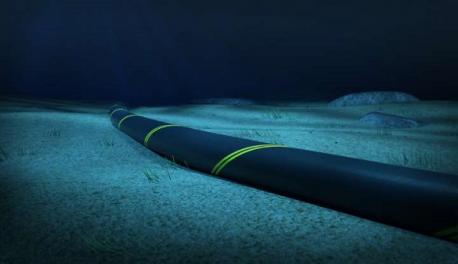
Yes
52%
962 votes
No
48%
905 votes
5.
5.
Antarctic-dwelling fish have a protein that keeps them from freezing: Unsurprisingly, the water around the poles can get pretty chilly. Yet there are still plenty of fish that make their home there, swimming away. A group of fish, called notothenioidei, comprises over 120 species all native to the Southern Ocean near Antarctica. The water in that area hovers around temperatures of 28 to 39 degrees Fahrenheit; even when it's technically below freezing, the dissolved salts in the seawater keep it from doing so. But how does marine life possibly stay alive there? Well, these fish have a biological component called a glycoprotein that allows them to live where they do; it acts as a natural antifreeze, essentially. The protein prevents ice crystals from forming in their blood, allowing it to flow normally. Are you familiar with these Antarctic-dwelling fish facts?
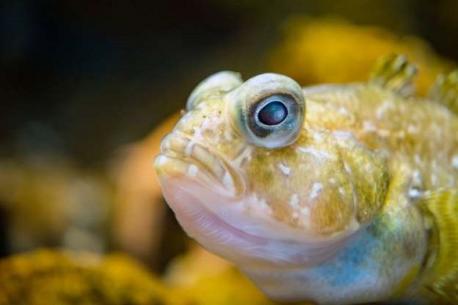
Yes
15%
287 votes
No
85%
1580 votes
COMMENTS


